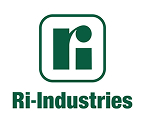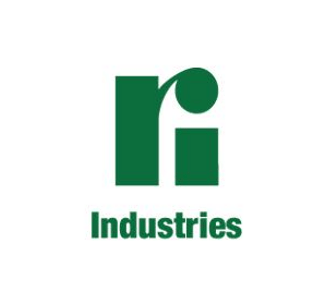As the weather warms, many of us experience a condition where our thumbs begin to turn green, the outdoors beckons, and the dirt calls us to dig in and get planting. If you love to garden, or simply love to have a green lawn, it’s a given you will spend ample time watering your property.
Did you know that an average Australian household will use 40% of its water in the garden? This makes the garden a prime location for water-saving techniques. Here are a few suggestions:
- Install a dripper system and only water during the permitted hours.
- Use mulch to prevent water loss through evaporation and prevent soil erosion.
- Plant your garden in watering zones. Group plants that require large amounts of water together to reduce your water use.
- Choose a drought resistant lawn.
- Don’t over water your lawn – train it to use less water by encouraging the roots to grow deeper. Let grass grow longer in summer months which will shade the soil surface and reduce evaporation loss.
- Don’t water during windy weather – water will blow away from where it’s needed most.
- Instead of hosing, use a broom or rake to clean paths, paved areas and patios.
Another great tool to help reduce water waste is our Ri-Treat Waste Water Treatment System. The design is unique to Ri-Industries and guaranteed to be of superior quality.
Choosing a Ri-Treat waste water treatment system gives you a number of advantages:
- A mono-cast 50 MPa reinforced concrete construction, with no fibreglass or plastic structural components, means that no untreated effluent will escape into the environment.
- The high-quality bio-filter medium enhances the purity of the recycled water.
- All irrigation pumps are submersible, quiet, reliable and inexpensive to operate.
- The Japanese Air Pump offers the most reliable and efficient aeration and has a 2-year warranty.
- Ri-Treat tanks come in three sizes, offering maximum flexibility and even allowing for an internal spa bath.
- Child-proof and vandal-proof lids give you additional peace of mind.
- A high-quality irrigation kit for more effective irrigation.
- The septic tank is sealed as an additional precaution.
- A manufacturers warranty on tank construction.
The operation of the unit has other unique features, such as automatic sludge and skimmer returns.
So go ahead and grow a luxurious lawn and lavish garden! Enjoy the fruits of your labour because Ri-Industries can help eliminate any guilt you might feel from the amount of watering needed to keep your garden beautiful. Call us to learn more about the Ri-Treat Waste Water System at 08 8444 8100.

